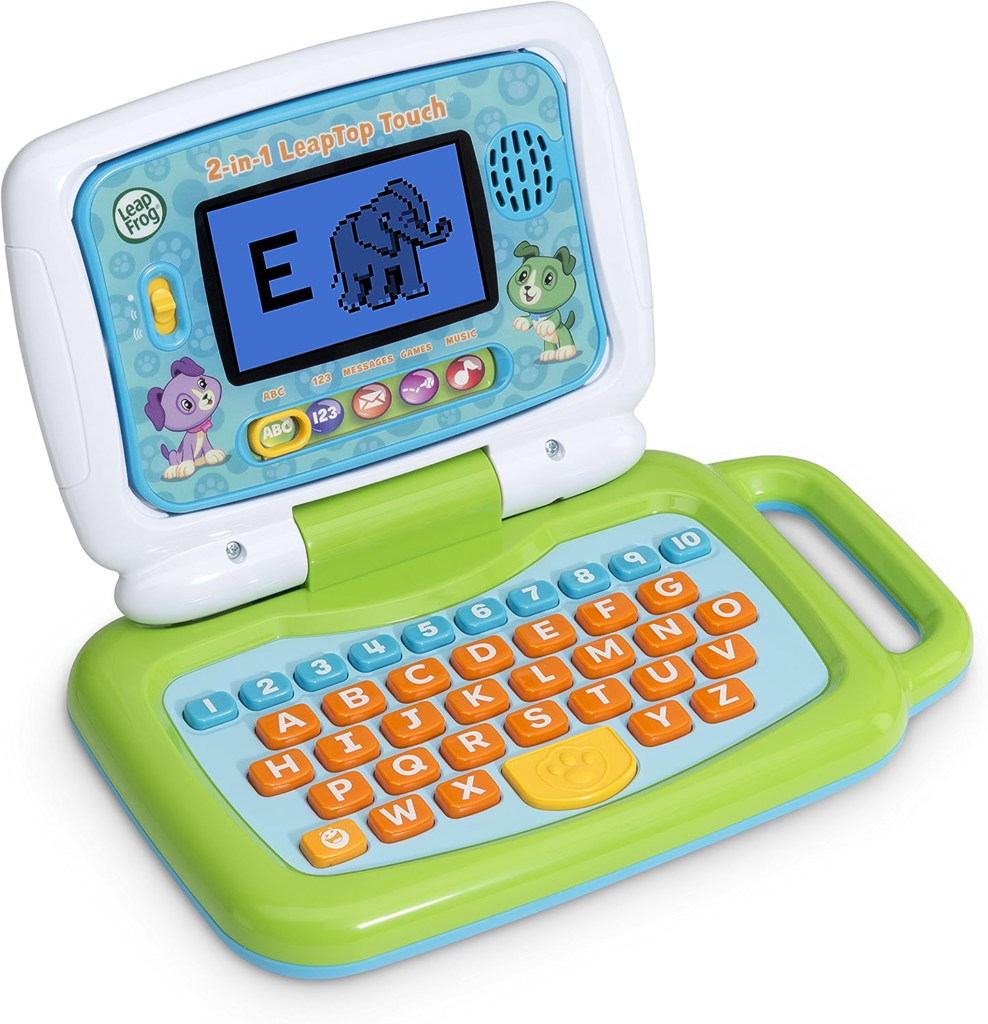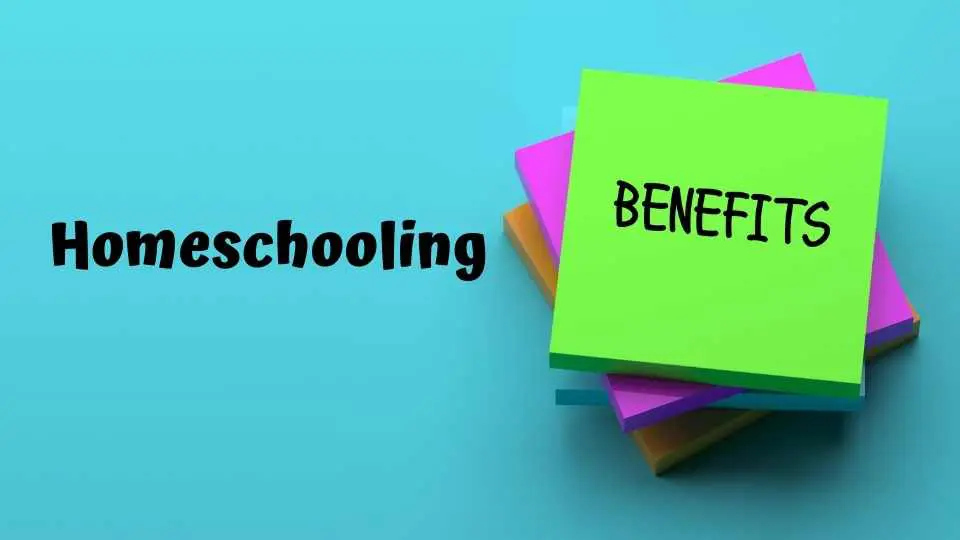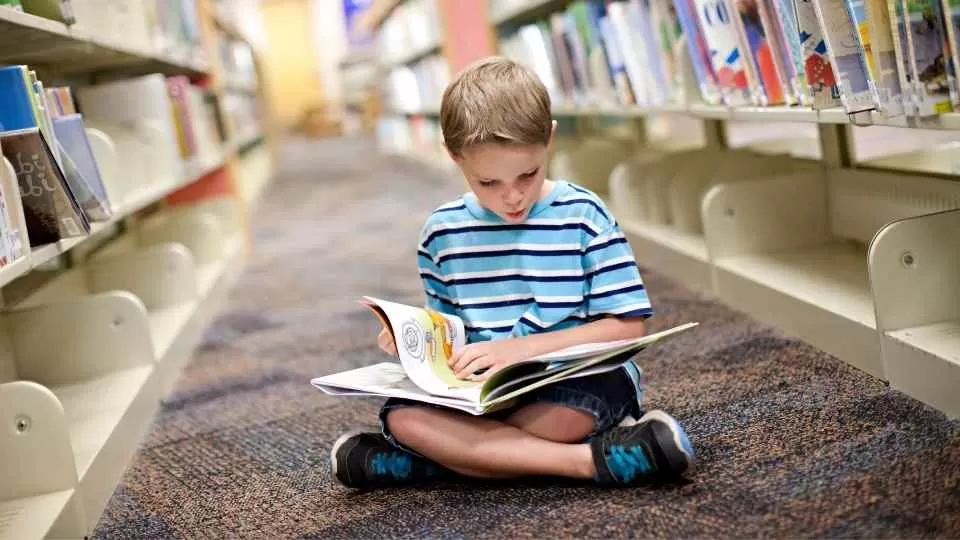ABC learning toys are the starter pack for kids to learn. In the fast world of early childhood education, the significance of educational toys cannot be overstated. Among these, ABC learning toys emerge as powerful tools, seamlessly blending play and learning to foster holistic development in children.
Understanding ABC Learning Toys
ABC learning toys are specially designed to introduce children to the alphabet in an engaging and interactive manner. These toys serve a dual purpose: making the learning process enjoyable while laying the foundation for language skills.
Benefits of ABC Learning Toys
Cognitive Development
The use of ABC learning toys stimulates cognitive functions, enhancing a child’s ability to process information and solve problems. The exposure to letters at an early age contributes to improved memory and critical thinking skills.
Language Acquisition
As children interact with ABC learning toys, they naturally absorb the sounds and shapes of letters, facilitating language acquisition. This early exposure lays the groundwork for strong communication skills later in life.
Motor Skills Enhancement
From building blocks to alphabet puzzles, these toys promote the development of fine and gross motor skills. The physical manipulation of toys aids in refining hand-eye coordination and spatial awareness.
Choosing the Right ABC Learning Toy
Selecting the appropriate ABC learning toy involves considering various factors. Age-appropriate options, interactive features, and adherence to safety standards are crucial aspects to evaluate.
Self-Correcting Alphabet Wooden Puzzles
The Self-Correcting Alphabet Letter Puzzle set offers an engaging educational experience with 52 durable wooden pieces, helping children learn the ABCs by matching letters to corresponding pictures. With a “self-correcting” design, each puzzle piece has a unique match, fostering a sense of mastery as kids explore both uppercase and lowercase letters alongside labeled images, all neatly stored in a solid wooden storage box for versatile letter games and activities.
Designed for ages 4 to 6, this puzzle, along with the Melissa & Doug See and Spell Learning Toy, is a thoughtful gift, exemplifying Melissa & Doug’s commitment to over 30 years of creating high-quality, imagination-sparking products recognized by NBC News as “the gold standard in early childhood play.”

Age-Appropriate Options
Different toys cater to various age groups, ensuring that the learning experience aligns with a child’s developmental stage. Tailoring the complexity of the toy to the child’s abilities is key to maximizing its educational impact.
Interactive Features
Effective ABC learning toys incorporate interactive elements such as sound, touch, and visual stimuli. These features not only capture a child’s attention but also make the learning process dynamic and enjoyable.
Quality and Safety Considerations
Prioritizing well-made toys that meet safety standards is paramount. Durable materials and non-toxic finishes ensure a positive and secure play environment.
Incorporating ABC Learning Toys in Early Education
ABC Backpack
Open for interactive learning, this engaging set includes 26 letters, a write-and-erase board, and games, allowing children aged 3 and above to explore the alphabet through activities introducing letter names, sounds, writing, drawing, and animal associations. With a built-in LCD screen, children can witness letters appearing, accompanied by the letter name, associated animal, and more, providing a multi-sensory learning experience while Mr. Pencil guides letter writing and transforms them into drawable animals on the writing board.

Classroom Applications
Educators recognize the value of ABC learning toys in classroom settings. Integrating these toys into lesson plans creates an immersive learning experience, making education both effective and enjoyable.
Home-Based Learning Strategies
Parents play a crucial role in a child’s early education. Incorporating ABC learning toys into daily activities at home creates a supportive learning environment, nurturing a child’s curiosity and enthusiasm.
Success Stories and Testimonials
Real-life stories from parents and educators underscore the impact of ABC learning toys. These testimonials highlight the positive outcomes observed in children who have embraced these educational tools.
Alpha pops, fun ones
Enhance fine motor skills with these 2-piece pops that not only strengthen hand muscles but also promote imaginative play. Designed for small hands, the Alpha pops, measuring 4″ x 1.25″, click together, allowing little ones to learn letters by matching lowercase to uppercase and vice versa. This set of 26 double-sided pops makes for an engaging educational toy and a perfect stocking stuffer, offering a variety of learning opportunities for boys and girls during the holiday season.

DIY ABC Learning Activities
Creative Homemade Alternatives
Beyond store-bought toys, creative parents can craft DIY ABC learning activities using everyday materials. From alphabet scavenger hunts to homemade letter puzzles, the possibilities are endless.
Making Learning Fun at Home
Transforming learning into a playful experience at home encourages children to view education as an enjoyable journey. Incorporating games and activities keeps the process exciting and motivates sustained interest.
Technology and ABC Learning
Digital Learning Tools
In the digital age, technology complements traditional toys. Interactive apps and online platforms provide additional resources for ABC learning, striking a balance between screen time and hands-on play.
Discover the joy of learning through music with “ABC and 123 Learning Songs” – a delightful songbook designed for toddlers and preschoolers. With a wooden inlay and sturdy construction, this engaging book invites children and their grown-ups to sing along to popular favorites like “Apples and Bananas,” “If You’re Happy and You Know It,” and “The Ants Go Marching.” Fostering an appreciation for both music and shared moments, this interactive songbook makes learning a fun and memorable experience for the whole family.

Balancing Screen Time with Hands-On Play
While technology offers valuable resources, it’s crucial to maintain a balance. Combining screen-based learning with tactile experiences ensures a comprehensive approach to early education.
Challenges in ABC Learning
Overcoming Common Obstacles
Some children may face challenges in grasping certain concepts. Tailoring learning activities to individual needs and addressing specific difficulties ensures a supportive and inclusive learning environment.
Addressing Individual Learning Needs
Recognizing and accommodating diverse learning styles fosters a more inclusive educational experience. ABC learning toys can be adapted to suit individual preferences, ensuring no child is left behind.
Explore interactive learning with the 2-in-1 laptop designed for ages 2 and up, featuring a screen that effortlessly flips to convert between keyboard and tablet modes. This versatile device includes a keyboard with letters A-Z and numbers 1-10, or it can be swiveled into a touch tablet for dynamic learning experiences. With engaging role-play activities like emailing Scout, five learning modes covering ABCs, numbers, games, music, and messages, and the ability for parents to customize spelling activities, this laptop provides an educational and entertaining tool for young learners.

The Future of ABC Learning Toys
Innovations in Educational Toys
The landscape of educational toys is ever-evolving. Continuous innovations in design and functionality promise exciting developments in the realm of ABC learning toys, enhancing their effectiveness.
Evolving Trends in Early Childhood Education
As educational philosophies evolve, so do the trends in early childhood education. ABC learning toys will likely adapt to incorporate new methodologies and research findings, ensuring they remain relevant and impactful.
Expert Recommendations
Insights from Child Development Specialists
Experts in child development emphasize the crucial role of play-based learning in early education. ABC learning toys align with these principles, offering a playful yet structured approach to foundational learning.
Finding a Balance in Play-Based Learning
While play is integral to childhood, maintaining a balance between structured and unstructured activities is essential. Expert recommendations guide parents and educators in optimizing the benefits of ABC learning toys.
Sustainability in ABC Learning Toys
Eco-Friendly Options
With a growing focus on sustainability, eco-friendly ABC learning toys are gaining popularity. These toys prioritize the use of recycled materials and environmentally conscious manufacturing processes.
Conscious Choices for a Greener Planet
By choosing sustainable ABC learning toys, parents contribute to a greener planet. Teaching children the importance of environmental consciousness from a young age instills lifelong values.
FAQs about ABC Learning Toys
Are ABC learning toys suitable for all age groups?
For younger children, ABC learning toys often feature vibrant colors, simple shapes, and large letters, making them visually engaging and easy to grasp. These toys introduce the alphabet in a playful manner, laying the groundwork for language development.
As children grow older, ABC learning toys evolve to accommodate more advanced learning. They may include interactive elements, puzzles, and games that challenge children to recognize letters, form words, and even explore basic phonics. This progression allows the toys to remain relevant and beneficial throughout the early years of a child’s education.
However, it’s essential for parents and educators to select ABC learning toys that align with a child’s specific developmental stage. Age-appropriate options ensure that the level of complexity and cognitive engagement is suitable for the child, maximizing the educational impact of these toys.
In essence, whether a child is just starting to explore the wonders of language or advancing through early education, there’s likely an ABC learning toy tailored to their needs and abilities. The versatility of these toys makes them a valuable asset in fostering a love for learning across diverse age groups.
How much screen time is appropriate for ABC learning apps?
For preschool-aged children, including those engaging with ABC learning apps, the AAP suggests limiting screen time to one hour per day of high-quality programming. This allows children to benefit from educational content while also prioritizing other essential activities like physical play, social interaction, and sleep.
Here are some considerations to help determine the appropriate screen time for ABC learning apps:
Quality of Content: Prioritize high-quality, age-appropriate ABC learning apps that are designed to be educational and engaging. Look for apps that align with recognized educational standards.
Interactive Engagement: Choose apps that encourage active participation rather than passive viewing. Interactive features that prompt children to touch, drag, or solve puzzles enhance the learning experience.
Parental Involvement: When children use ABC learning apps, consider engaging with them during the screen time. This allows parents to monitor content, answer questions, and extend the learning experience beyond the app.
Age Appropriateness: Ensure that the chosen ABC learning app is suitable for the child’s age and developmental stage. Different apps cater to various age groups, providing content that aligns with a child’s cognitive abilities.
Balancing Activities: Screen time should be part of a well-rounded daily routine that includes physical activity, face-to-face interactions, and other forms of play. Strive for balance to support overall development.
It’s important to note that these guidelines provide a framework, but individual circumstances may vary. Parents should be mindful of their child’s unique needs and consider factors such as the child’s response to screen time and the overall impact on their well-being.
In essence, while ABC learning apps can be valuable tools for early education, moderation and thoughtful selection of content are key to ensuring a positive and enriching screen time experience for young learners.
Can DIY ABC learning activities be as effective as store-bought toys?
Here are some reasons why DIY ABC learning activities can be as effective as store-bought toys:
Personalization: DIY activities allow for a personalized approach based on a child’s interests, preferences, and developmental stage. Tailoring activities to a child’s specific needs can enhance engagement and retention of learning.
Cost-Effective: DIY activities often utilize everyday materials found at home, making them a cost-effective alternative to store-bought toys. This accessibility ensures that parents and educators can provide enriching learning experiences without a significant financial investment.
Creativity and Innovation: Crafting DIY activities encourages creativity and innovation. Parents can design activities that align with the child’s learning style, incorporating elements that make the learning process unique and enjoyable.
Flexibility: DIY activities offer flexibility in terms of adjusting the difficulty level and complexity. Parents can modify activities based on a child’s progress, ensuring that the learning experience remains challenging and engaging.
Parent-Child Bonding: Engaging in DIY activities fosters a strong bond between parents and children. The collaborative effort of creating and learning together enhances the overall educational experience.
For example, simple DIY activities like creating alphabet flashcards, using household items for letter recognition games, or crafting letter-shaped objects can be just as effective in teaching the alphabet as store-bought toys. The key is to infuse these activities with enthusiasm, turning them into enjoyable learning experiences.
While store-bought toys offer convenience, DIY activities provide a unique opportunity for hands-on involvement and tailored learning experiences. The effectiveness of either approach ultimately depends on the level of engagement, creativity, and personalization invested in the learning process.
What challenges may children face in learning the alphabet?
Letter Recognition Difficulty:
Challenge: Some children may struggle to recognize and differentiate between letters.
Solution: Use interactive games, flashcards, and multimedia resources to make letter recognition fun and engaging.
Phonemic Awareness Issues:
Challenge: Associating sounds with letters can be challenging for some children.
Solution: Incorporate phonics-based activities, such as rhyming games and word association exercises, to strengthen phonemic awareness.
Fine Motor Skill Development:
Challenge: Writing and forming letters can be difficult for children developing fine motor skills.
Solution: Introduce activities that enhance fine motor skills, such as drawing, tracing, and hands-on crafts involving letter shapes.
Letter Reversals:
Challenge: Some children may reverse or confuse certain letters, such as ‘b’ and ‘d.’
Solution: Employ visual aids, mnemonic devices, and consistent practice to address letter reversal challenges.
Limited Attention Span:
Challenge: Short attention spans can impede the learning process.
Solution: Break learning sessions into shorter, focused intervals and incorporate interactive and multisensory activities to keep children engaged.
Language Barriers:
Challenge: Children learning English as a second language may face additional hurdles.
Solution: Provide bilingual resources and encourage a supportive language-learning environment, integrating cultural elements to make the process relatable.
Learning Disabilities:
Challenge: Children with learning disabilities, such as dyslexia, may require specialized approaches.
Solution: Seek professional assessment and implement tailored interventions, including multisensory teaching methods.
Lack of Interest:
Challenge: A disinterest in learning the alphabet can hinder progress.
Solution: Integrate hands-on, interactive, and gamified activities to make learning enjoyable and capture the child’s interest.
Individual Learning Styles:
Challenge: Each child has a unique learning style, and one-size-fits-all approaches may not be effective.
Solution: Observe and adapt teaching methods to cater to individual learning preferences, incorporating visual, auditory, and kinesthetic elements.
Environmental Distractions: Challenge: Distractions in the learning environment can impact concentration.
Solution: Create a conducive learning space, free from unnecessary distractions, to optimize the child’s focus and engagement.
Understanding and addressing these challenges through a combination of patience, creativity, and individualized support can contribute significantly to a child’s successful acquisition of the alphabet. Tailoring learning experiences to accommodate diverse needs ensures a more inclusive and effective educational journey.
How can parents enhance the effectiveness of ABC learning toys at home?
Active Involvement:
Tip: Engage actively with your child during playtime with ABC learning toys.
Explanation: Your participation not only fosters a stronger parent-child bond but also provides opportunities to guide and reinforce learning.
Create a Learning Environment:
Tip: Designate a specific area for learning activities.
Explanation: Having a dedicated space helps signal to your child that it’s time for focused learning, creating a positive association with the educational process.
Rotate Toys Regularly:
Tip: Introduce variety by rotating ABC learning toys.
Explanation: Regularly bringing in new toys maintains interest and prevents monotony, keeping your child excited about learning.
Incorporate Everyday Activities:
Tip: Integrate alphabet learning into daily routines.
Explanation: Use everyday items, like grocery shopping or cooking, to point out letters and reinforce their presence in the child’s surroundings.
Combine Play and Learning:
Tip: Turn learning into a game.
Explanation: Create playful activities, such as scavenger hunts for specific letters or turning alphabet recognition into a friendly competition, making learning enjoyable.
Read Aloud Together:
Tip: Read books that emphasize the alphabet.
Explanation: Reading aloud not only exposes your child to letters in context but also enhances language skills and comprehension.
Use Multi-Sensory Approaches:
Tip: Incorporate different senses in learning activities.
Explanation: Activities that involve touch, sight, and even taste (for example, using alphabet-shaped cookies) provide a holistic learning experience.
Celebrate Progress:
Tip: Celebrate achievements, no matter how small.
Explanation: Positive reinforcement, such as praise or a small reward, encourages your child and reinforces the idea that learning is a positive and rewarding experience.
Model Enthusiasm:
Tip: Display enthusiasm for learning.
Explanation: Your attitude towards learning influences your child. Show excitement about discovering new letters and words, setting a positive example.
Connect Learning to Real-World Examples:
Tip: Relate ABC learning to the world around your child.
Explanation: Point out letters on signs, in books, or on household items, reinforcing that the alphabet is a fundamental part of everyday life.
Encourage Creativity:
Tip: Allow your child to create their own alphabet-related projects.
Explanation: Whether it’s drawing, crafting, or even writing their alphabet story, fostering creativity deepens the connection to the learning process.
Establish Consistent Routines:
Tip: Integrate ABC learning into daily routines.
Explanation: Consistency helps create a sense of predictability, reinforcing the importance of learning as a regular and essential part of the day.
By incorporating these tips into your daily interactions with ABC learning toys, you not only enrich your child’s educational experience but also create a positive and supportive learning environment at home.
Conclusion
In conclusion, whether in classrooms or homes, the magic of ABC learning toys lies in their ability to spark curiosity and make education an exciting adventure. As we witness innovations and embrace sustainable practices, the future holds even more promise for these educational tools.





